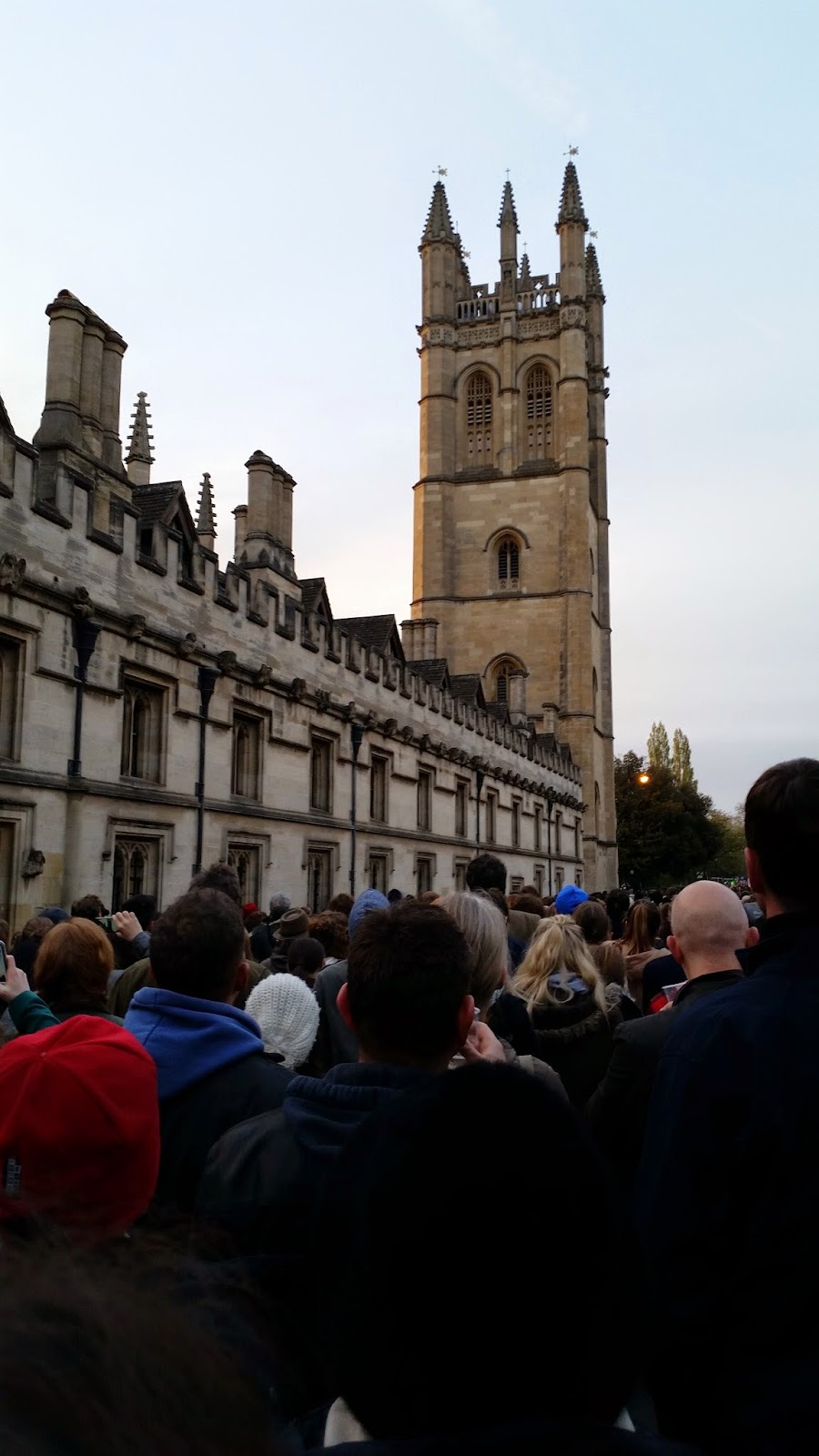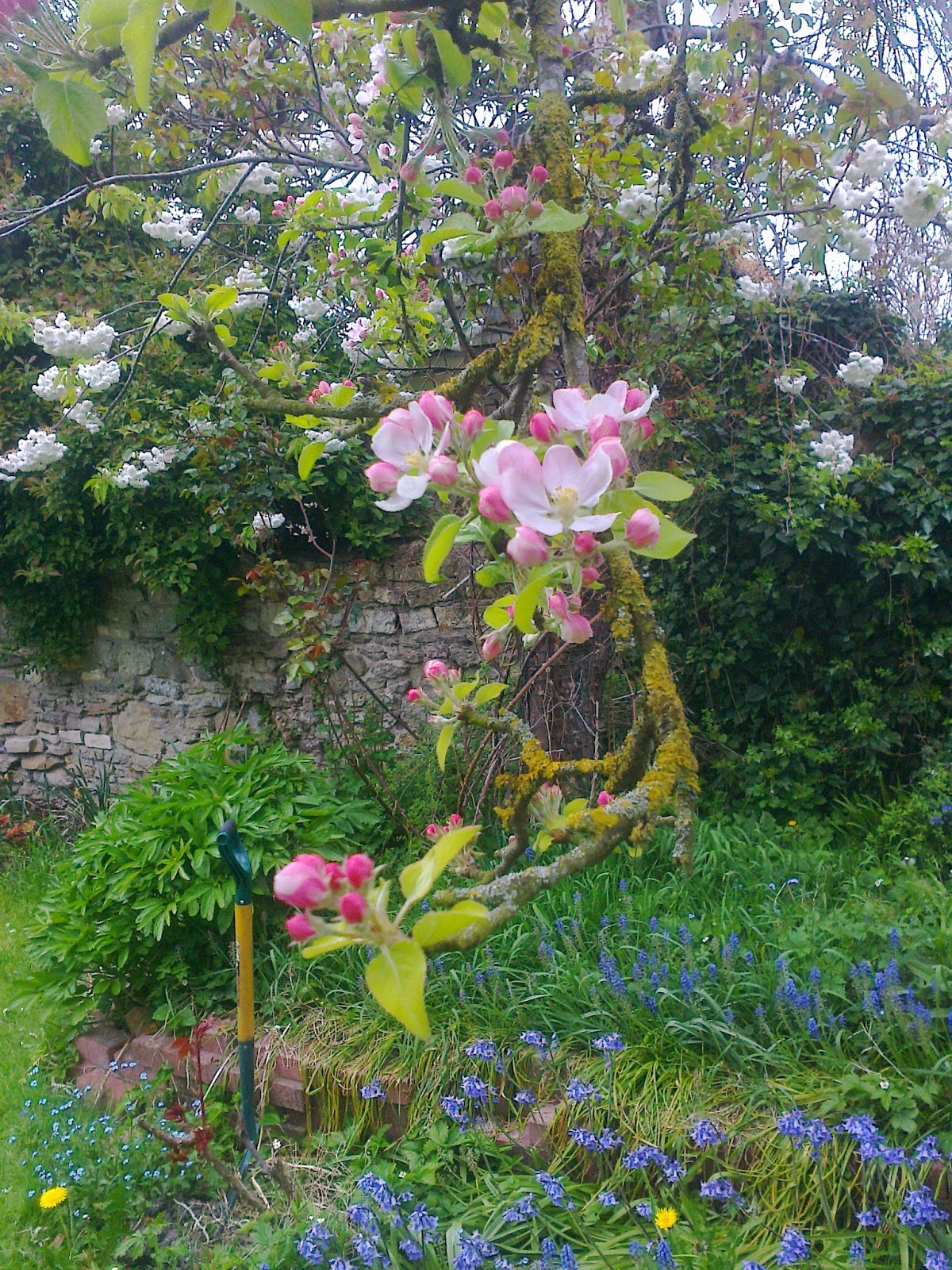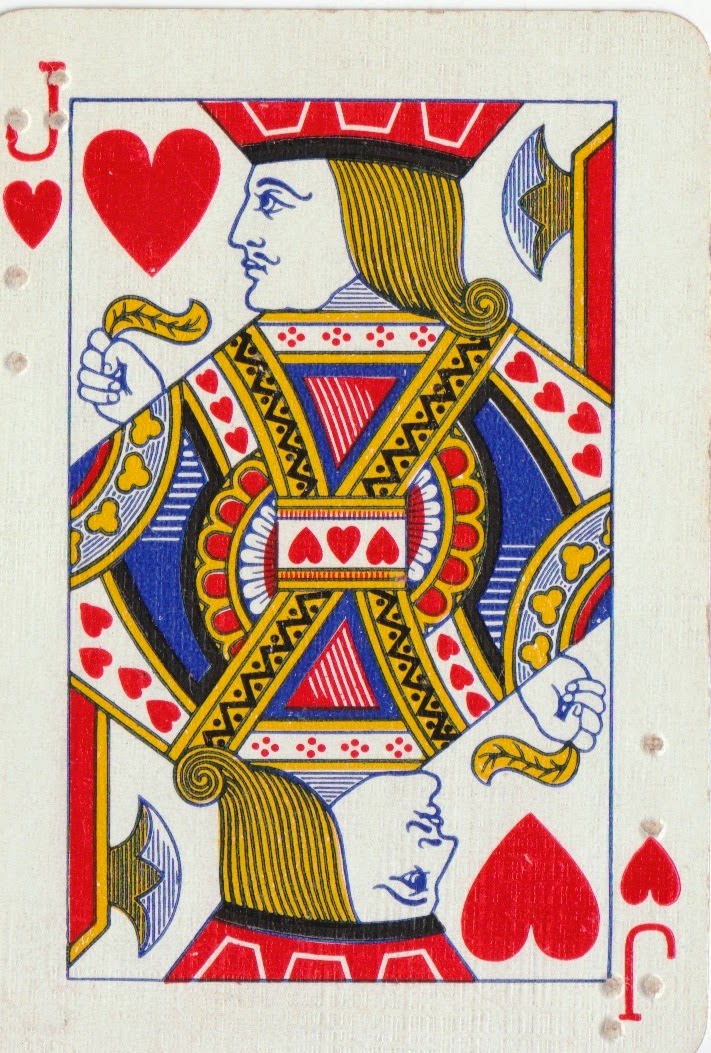A couple of months ago at the launch party for Rivals in the City, I read aloud a scene that takes place outside Newgate Prison. The year is 1860. A wooden scaffold has been built outside the prison gates, as it was before each public execution. The hangman, William Calcraft, is testing the gallows and trapdoor to ensure that they work. And the crowd is eagerly, boisterously, anticipating the day’s entertainment. All this is historically attested.
In the scene, I add a detail featuring ragged children “playing Calcraft”: taking turns pretending to be executioner and condemned. I invented this game, and have never formally researched “macabre children’s games, past and present” (although now that I’ve typed that phrase, it sounds like a fascinating topic). But the idea of the game rings true for me. Games of the imagination are how children process the world around them, and how they imbibe their culture. In my novel, the game of “Calcraft” has several functions: it’s a means of including children in the Victorian streetscape; a way of shifting and blending perspectives of the execution-day milieu; and, of course, a comment on the idea of a public execution in general.
After I’d read this scene aloud, one of my listeners expressed concern about the scene. Was it, he asked, appropriate to explore violence and death in a book that was written for children? Didn’t it glamorize violence and death, to see it represented in fiction? He was talking about the contemporary young adults to whom my book is marketed, but I wonder if the presence of children in the Newgate scene is what triggered his very real anxiety. It was an earnest question and I attempted to answer it with the seriousness it deserved. The party was hectic, though, and I compressed my response into a couple of brief points. Now, I think it’s time to answer the question more fully.
So is it, in fact, appropriate to explore death and violence in children’s literature? My first instinct at the party was to cite historical realism. During the Victorian era, people were much more pragmatic about death and suffering. Infant mortality was much higher than it is now; adult life expectancy was shorter. A death in the household also meant a corpse laid out in the parlour or spare bedroom. And in many cases, the women of the family washed and dressed that corpse themselves. The Victorians were less squeamish about death in general. People didn’t spay or neuter their pets; they simply drowned the unwanted litters. In Wuthering Heights, Hareton Earnshaw famously “hang[s] a litter of puppies from the chair-back in the doorway”. The shocking part of the scene is not the puppies’ deaths, but the fact that their suffering is a form of entertainment for Hareton. But remember: in Emily Bronte’s vision, even Hareton Earnshaw, Animal Sadist, is redeemable. With Cathy Linton’s love and support, it becomes possible to imagine a somewhat happy ending for Wuthering Heights.
Still, the defense of historical realism only takes us so far. After all, history contains an endless amount of truly gruesome detail. How do we decide which of those bits belong in historical fiction for young people? Let’s go back to human developmental principles. Children learn about death in bits and fragments, starting in toddlerhood. By the time they are eight years old, they are “consistent in showing adult ideas of death”. So the idea of death – with variations according to age and circumstance – is a normal part of children’s understanding. I’d go a step further, here: if a novel like Rivals in the City (which is written for teens) deliberately downplays the existence of death, it’s insulting the intelligence of its readers.
Knowing this, perhaps we can agree to acknowledge historically realistic deaths. But what about violence, and the much-feared “glamorization” of violence? Once again, let’s think about real, present-day children. Children understand violence because they are human beings. They negotiate conflict from toddlerhood. They can act violently towards others. They hear about violence on the news. They see instances of injustice all around them. The real question here is, What do they do with all this experience and all this unformed knowledge?
At this point, we must return to the specific scene or image that prompts the question. Is it an image or description of violence on the news, presented without context or consequence? I imagine that would be haunting, confusing, and possibly traumatic. Is it a video game, in which the hero-player is rewarded for acts of violence? In that case, I see how that trivializes the gravity of violent acts. In my novel, however, the threat of violence is mediated by a heroine, Mary Quinn. She is a former victim of violence who understands its impact. She has strong feelings about the uses and abuses of power. She offers readers a thoughtful perspective on the violence of her culture, and how to resist it.
If anything, I’d argue that this kind of ethically grounded violence is essential to children’s literature, and to the project of learning about the world and about oneself. I’m proud to be part of a long tradition of children’s authors who imagine the world as fully as possible, as humanly as possible, as respectfully as possible.
---
Y S Lee blogs every Wednesday at www.yslee.com.
 |
| The human face of Victorian execution, William Calcraft, ca 1870. Image via wikipedia. |
In the scene, I add a detail featuring ragged children “playing Calcraft”: taking turns pretending to be executioner and condemned. I invented this game, and have never formally researched “macabre children’s games, past and present” (although now that I’ve typed that phrase, it sounds like a fascinating topic). But the idea of the game rings true for me. Games of the imagination are how children process the world around them, and how they imbibe their culture. In my novel, the game of “Calcraft” has several functions: it’s a means of including children in the Victorian streetscape; a way of shifting and blending perspectives of the execution-day milieu; and, of course, a comment on the idea of a public execution in general.
 |
| West view of Newgate Prison in the mid-nineteenth century. Image via wikipedia. |
After I’d read this scene aloud, one of my listeners expressed concern about the scene. Was it, he asked, appropriate to explore violence and death in a book that was written for children? Didn’t it glamorize violence and death, to see it represented in fiction? He was talking about the contemporary young adults to whom my book is marketed, but I wonder if the presence of children in the Newgate scene is what triggered his very real anxiety. It was an earnest question and I attempted to answer it with the seriousness it deserved. The party was hectic, though, and I compressed my response into a couple of brief points. Now, I think it’s time to answer the question more fully.
So is it, in fact, appropriate to explore death and violence in children’s literature? My first instinct at the party was to cite historical realism. During the Victorian era, people were much more pragmatic about death and suffering. Infant mortality was much higher than it is now; adult life expectancy was shorter. A death in the household also meant a corpse laid out in the parlour or spare bedroom. And in many cases, the women of the family washed and dressed that corpse themselves. The Victorians were less squeamish about death in general. People didn’t spay or neuter their pets; they simply drowned the unwanted litters. In Wuthering Heights, Hareton Earnshaw famously “hang[s] a litter of puppies from the chair-back in the doorway”. The shocking part of the scene is not the puppies’ deaths, but the fact that their suffering is a form of entertainment for Hareton. But remember: in Emily Bronte’s vision, even Hareton Earnshaw, Animal Sadist, is redeemable. With Cathy Linton’s love and support, it becomes possible to imagine a somewhat happy ending for Wuthering Heights.
Still, the defense of historical realism only takes us so far. After all, history contains an endless amount of truly gruesome detail. How do we decide which of those bits belong in historical fiction for young people? Let’s go back to human developmental principles. Children learn about death in bits and fragments, starting in toddlerhood. By the time they are eight years old, they are “consistent in showing adult ideas of death”. So the idea of death – with variations according to age and circumstance – is a normal part of children’s understanding. I’d go a step further, here: if a novel like Rivals in the City (which is written for teens) deliberately downplays the existence of death, it’s insulting the intelligence of its readers.
Knowing this, perhaps we can agree to acknowledge historically realistic deaths. But what about violence, and the much-feared “glamorization” of violence? Once again, let’s think about real, present-day children. Children understand violence because they are human beings. They negotiate conflict from toddlerhood. They can act violently towards others. They hear about violence on the news. They see instances of injustice all around them. The real question here is, What do they do with all this experience and all this unformed knowledge?
At this point, we must return to the specific scene or image that prompts the question. Is it an image or description of violence on the news, presented without context or consequence? I imagine that would be haunting, confusing, and possibly traumatic. Is it a video game, in which the hero-player is rewarded for acts of violence? In that case, I see how that trivializes the gravity of violent acts. In my novel, however, the threat of violence is mediated by a heroine, Mary Quinn. She is a former victim of violence who understands its impact. She has strong feelings about the uses and abuses of power. She offers readers a thoughtful perspective on the violence of her culture, and how to resist it.
If anything, I’d argue that this kind of ethically grounded violence is essential to children’s literature, and to the project of learning about the world and about oneself. I’m proud to be part of a long tradition of children’s authors who imagine the world as fully as possible, as humanly as possible, as respectfully as possible.
---
Y S Lee blogs every Wednesday at www.yslee.com.






































_(Art._IWM_ART_LD_626).jpg)

_(Art._IWM_LD_2850).jpg)






















































